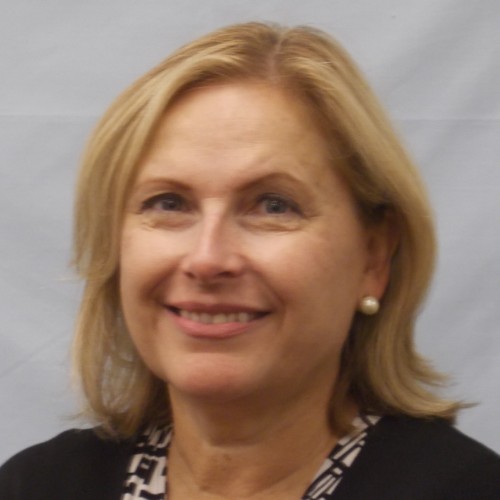Senior living execs talk policy, markets and choice at ALFA conference
A rapidly evolving regulatory, demographic and clinical landscape are top of mind for many of the 1,000-plus senior living executives in attendance at this year’s ALFA (Assisted Living Federation of America) Conference & Expo, being held in Dallas Wednesday through Friday.
The first day of concurrent sessions featured a variety of issues including reputation management, strategies to provide for seniors with Alzheimer’s disease and techniques to overcome sales objections.
The assisted living (AL) concept that originated 25 years ago has evolved from a basic model of housing and services that provide seniors with a residential alternative to nursing homes to a less clear concept in the eyes of the general public and public policy makers. And with regulatory oversight varying in intensity from state to state, the challenges to AL owners and operators can be confounding.
The AL model today often looks like the SNF model of 20 years ago when one considers the average AL resident today is often much older, frailer and with a higher level of acuity. At the same time, providers chafe under certain constraints. Referring to highly regulated states like Rhode Island during a session that addressed the tensions between AL and public policy, Stephanie Handelson, president & COO, Benchmark Senior Living, noted, “We have RNs and LPNs and yet we can’t put a band-aid on a resident. There’s the very strong nursing home lobby and the regulators won’t fight it. We’re not players yet. We’re competing with SNFs for aging in place.
“So many people don’t understand assisted living,” said Handelson. “The industry has changed.”
“Consumer disclosure and protection are essential to aging in place,” added Ginger Lynch Landy, an advocate with Hodes & Landy who represents ALFA New York. “It’s developing credibility with regulators to show that we have nothing to hide—to show how we bring value to the state, bringing jobs and economic development.”
Choice was a big theme at the session. “We’re not afraid of choice and allowing residents and families to make choices,” said Landy.
“The market is wide open,” said Landy. “Some providers target a less frail population but there’s a huge demand for care for the frail. There’s a huge change underway with a lot of innovation driven by cost and [achieving] better outcomes.”
AL is well positioned to serve special populations, including those with dementia, mental disabilities, HIV, multiple sclerosis and other conditions. The challenge? “How do we put together the right programs for those folks so they can age in place properly,” asked Handelson.
Ultimately, said Handelson, the key is to “never give up on aging in place. The worst thing you can do is pull a person out of [their residence] and put them elsewhere where the care is no better—and the outcome is worse.”

Patricia Sheehan was Editor in Chief of I Advance Senior Care / Long Term Living from 2010-2013. She is now manager, communications at Nestlé USA.
Related Articles
Topics: Articles , Clinical , Executive Leadership , Facility management










